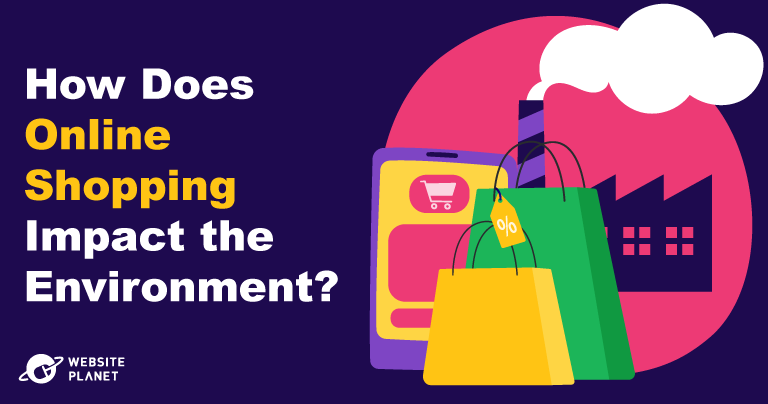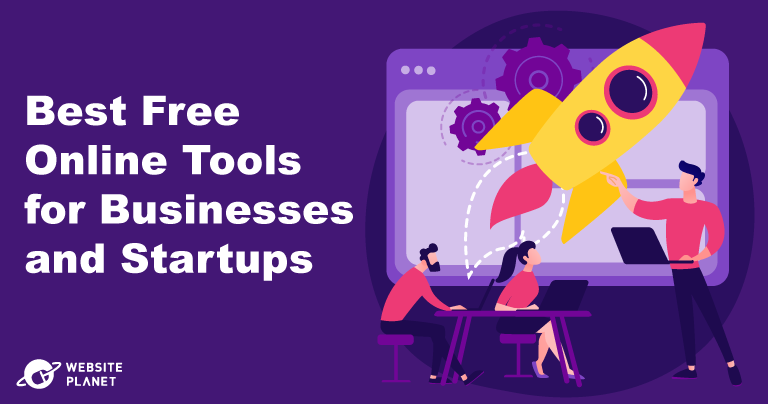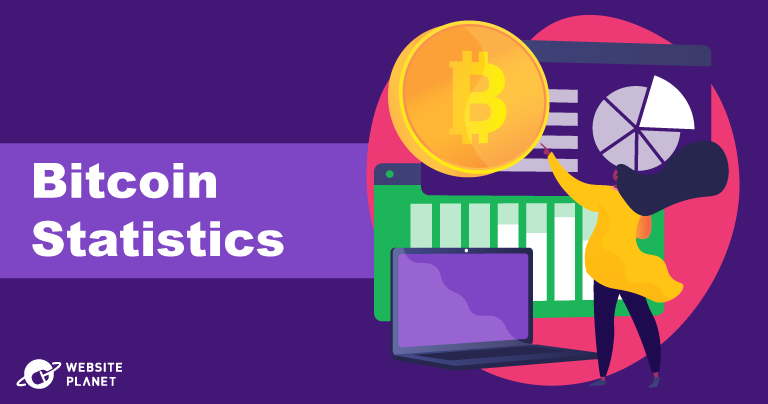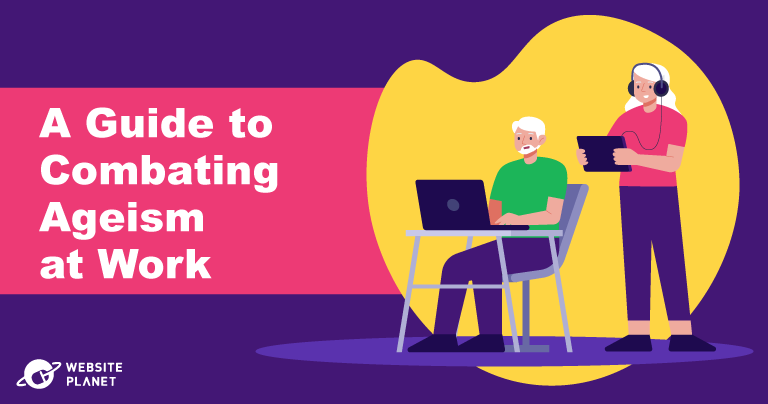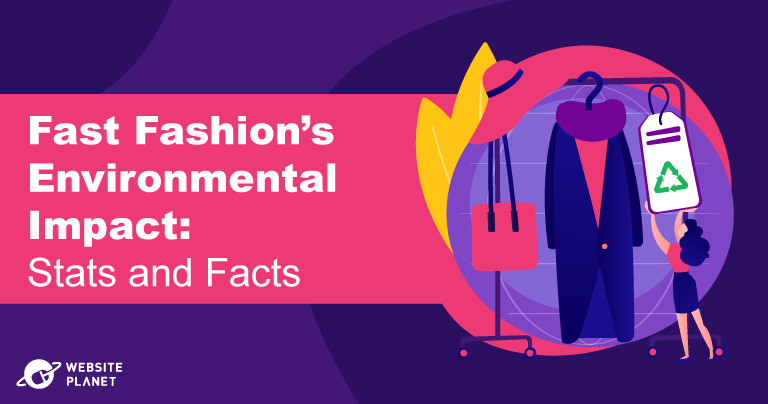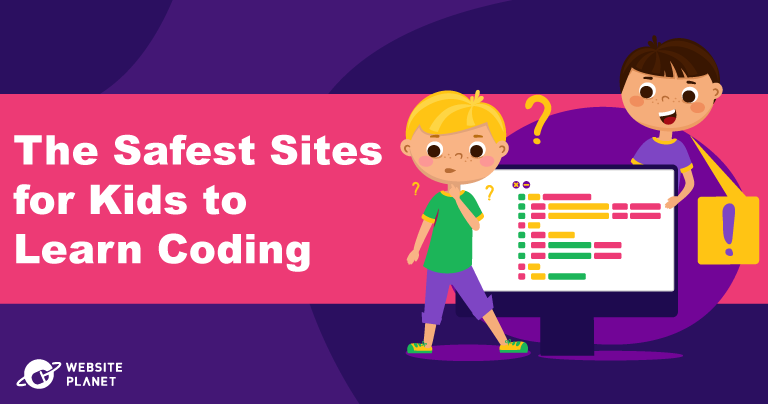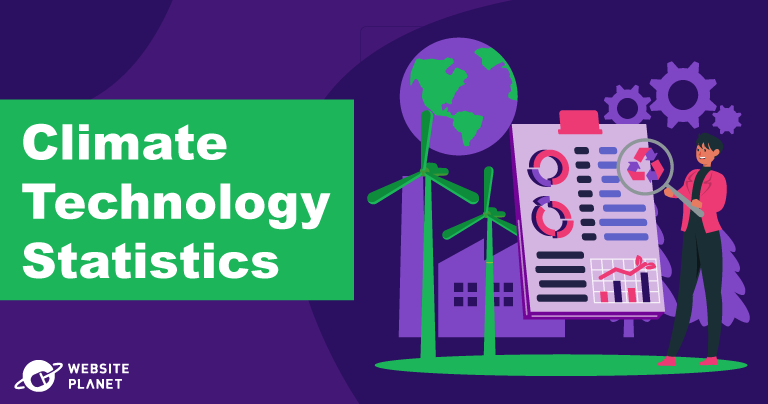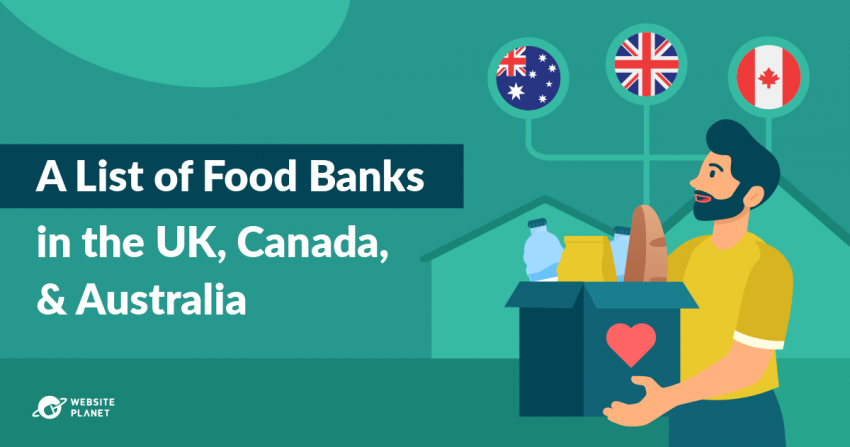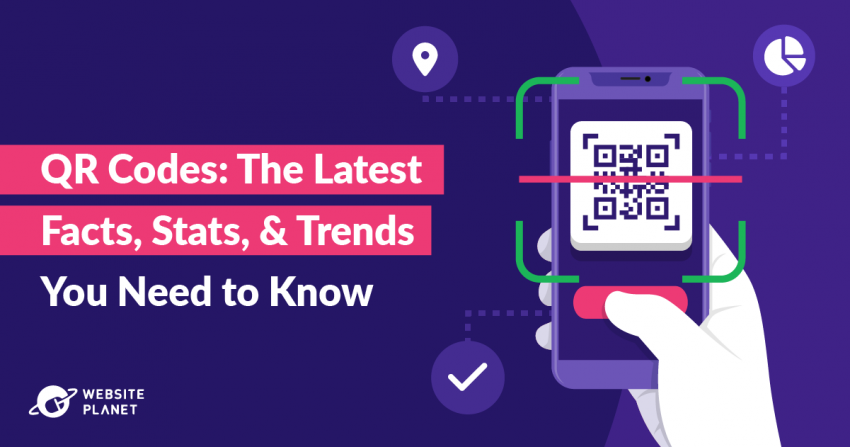Key Takeaways
- Paywalls surged in the 2010s (120 new ones) but seem to have slightly stagnated in the 2020s.
- Hard paywalls dominate, with 50% of paywalled services using this access model.
- Monthly pricing for hard paywalls spans extremes: from $0.99 for a streaming service to $5,766.00 for a market research data portal.
- Metered paywalls are used exclusively in news media.
- 46.03% of the freemium services we studied were in the software/SaaS sector.
- Pay-per-view is the least popular model, though they are the preferred gateway for 65% of academic journals with paywalls.
Paywalls are felt by most in every corner of the internet. While they’re most noticeable when you come across half a paragraph of news at The New York Times, the same concepts are used and implemented by services like Netflix, Canva, Substack, and even academic journals like JSTOR.
To understand just how widespread paywalls are in this age of digital products and online content, we formed a database of 199 major digital services to map the spread of paywalls far beyond journalism.
We explore which industries use the hardest locks, how pricing models differ, and why paywalls are now the internet’s default business model. By doing so, we at Website Planet hope to help tech and media journalists, digital economy analysts, academics, public policy thinkers, and general readers better understand the role paywalls play in our digital experience.
The Rise of Subscription Birthed the Era of Hard Paywalls
Hard paywalls refer to access models that don’t provide any content without requesting payment first. We divided this access model into two subtypes:
- Subscription-only: These are the paywalls you usually find on platforms that require a plan to access anything. Think Netflix.
- Pay-per-view gateways: These types of paywalls are usual among metered access platforms and are very common in academic journals.
Among soft paywalls, we can find the freemium and metered model.
- Freemium: These services or platforms offer a free tier with no time or count limit but don’t provide full access to all premium content. Think Spotify, Canva, and Statista—their free plans are “free forever,” but only by subscribing to paid tiers can users unlock exclusive features.
- Metered: This model allows users to access content up to a certain limit before a hard paywall is triggered. Some of the most popular include Forbes.com (4 free articles per month) and The New Yorker (free preview of the first paragraph of every article).
These metered paywalls are often activated by default (like when you visit a news website and click on an article), unlike free trials, which typically have to be accepted by the user. Services that offer a limited-period free trial before setting up a hard paywall still fall under the “all or nothing” gateway category, at least for this research.
Our data shows that hard paywalls are the preferred method for gatekeeping online content. Subscription-only services account for 40.21% of the paywalled platforms we studied, while only 9.79% use a pay-per-view model. The latter are quite niche, and they usually target either the United States or the United Kingdom.
Freemium gateways are almost double the number of metered paywalls, which could be linked to the model’s ease of adoption across different sectors.
Metered models require an easy way to limit access based on a standard cap. It could be the number of free articles per month or the number of viewable lines of a news report page. Some platforms use “credits” that you can use to get what you need from the platforms, too. It’s the same logic as metered data mobile plans, where you get an allowance, and then the service stops working until you pay.
Platforms without any kind of paywall are quite rare. Of the 199 platforms we studied, only 5 have always offered users their full service for free for as long as they want it. Overall, the data shows that digital service providers prefer steady recurring revenue over one-off sales or open models.
News Sites Don’t Actually Dominate the Paywall Space
Of the 8 major sectors included in our research, news media platforms have the highest prevalence of paywalls. However, we don’t consider this to mean that they dominate the paywall conversation for 2 key reasons.
First, news media accounts for less than a third of overall paywalled services. Despite the significant percentage attributed to these sites, paywalls will continue to exist and potentially multiply even if news media platforms were removed from the equation. Already, streaming and software/SaaS combined outmatch news media platforms in terms of paywall distribution.
Second, and more importantly, news media paywalls are predominantly metered gateways. Despite hard paywalls being the most prevalent access model and news media platforms being the most common sector, the two don’t have a meaningful correlation.
News media is the only sector where the hard paywalls equal the freemium models in a statistically significant capacity. Moreover, the hard paywalls in news platforms are entirely subscription-only. We didn’t find any that were pay-per-view.
This suggests that such platforms either don’t see much profitability in highly restrictive access models or find metered gateways the most convenient model for their content type. These platforms could potentially make more money by showing ads to users viewing their free articles or by building brand recognition instead.
In fact, no other sector uses a metered access model. News media sites have become the only platforms where a single user can realistically stretch the allowed limit throughout an entire month (one regular subscription cycle). For streaming, content sites, or even software platforms, freemium seems to be more logistically practical.
Overall, the paywall space is currently led by news media, software/SaaS, and streaming. News media is relatively the most balanced, having all 3 types of paywalls, while software/SaaS and streaming have somewhat contrasting behaviors.
Based on our data, software/SaaS favors freemium models, likely using the limited free version of their platforms as direct advertisements for their paid features. Meanwhile, streaming platforms rely mostly on subscription-only hard paywalls.
Despite only being 4th in our list of paywalled sectors, academic journals are the least accessible. It’s the only sector (along with education) where we observed only one type of paywall: hard. Pay-per-view is the most common (61.90%) among academic journals, but there are also subscription-based platforms.
Sectors and Paywall Types Dictate the Average Costs for Access
The average monthly cost of paywalls per sector largely depends on the industry. Pricing is typically higher for business-facing services and platforms, as well as those geared toward professional usage.
In fact, the market research sector has, by far, the highest average cost. There’s a 150.86% difference between this industry and academic journals, the second-ranking in terms of average monthly pricing. Market research also holds the first 4 places in the top 10 most expensive paywalls found in our study.
Moreover, upon evaluating the industries’ average cost per paywall type, we found that differences in hard paywall pricing are the biggest factor in the significant price gap. A market research paywall costs $2,099.96 a month on average, whereas an academic journal fee is at $234.95—that’s a 159.75% difference for hard paywalls between the two most expensive sectors.
Interestingly, not all sector-based hard paywalls cost more than their freemium or metered counterparts. Outside of market research, we observed the biggest cost discrepancy across paywall types with news media. Its freemium group has the second-lowest average pricing among the sectors, but its hard paywall group is within the top 4 most expensive industries.
Notably, this sector landed one platform in the top 10 most expensive paywalls but also took 5 of the 10 least costly access models.
Overall, pricing models are comparably modest for consumer-centered services and platforms, where freemium models dominate. The median monthly cost for freemium services is the lowest at $9.23. And of the bottom 100 services in terms of pricing:
- 47 are freemium (74.60% of the total freemium gateways)
- 38 are hard paywalls (39.18% of the total hard gateways)
- 15 are metered (44.12% of the total metered gateways)
Paywalls May Have Slightly Stagnated in the 2020s
Paywalls experienced the steepest increase during the 2010s, peaking in 2017 with 18 new paywalls. During that decade, 120 of the paywalls included in our study (61.86%) were launched. This is presumably linked to the twin rise of smartphones and digital advertising trends.
Halfway through the 2020s, 20 new paywalls have emerged. While not insignificant, the current pace is unlikely to get close to the figures from the last decade. Already, there’s been a 62.96% decrease in new paywalls compared to the same time a decade ago.
While this signals a minor stagnation, we believe that niche platforms may pick up the pace as global digital adoption and internet usage continue to increase at a steady pace. Local and regional news outlets may start implementing metered paywalls, while specialty software services may explore new or more paid tiers.
Notably, freemium paywalls also appear to be increasing in popularity. Hard paywalls started as the most popular type even before the 2000s, and it has remained the most prevalent over the decades. However, freemium models are quickly closing the gap.
Paywalls Are Not “Multiplying” — They Already Have
Paywalls aren’t just a news issue; they now fence off everything from research papers to Photoshop plugins. And while our research shows that the wave of new launches may have already peaked, it also confirms that paywalls are no longer an isolated strategy. In fact, it seems they are the default monetization angle of digital content across sectors — and they have been for quite some time.
The metered model remains unpopular outside journalism, and we don’t see it taking off any time soon. While it might continue being a staple among news media sites, its adoption for other types of digital platforms is unlikely given the logistical problems it poses.
On the other hand, freemium services could skyrocket and overtake hard models if paywalls get another burst of life, such as in the 2010s. That said, hard paywalls aren’t going extinct anytime soon. It seems to be the preferred access model of digital platforms in B2B contexts, where budgets are larger or unique value propositions help reduce the risk of customer loss through “subscriber fatigue.”
Consumers can take slight relief in the fact that, while paywalls are still growing, the number of individuals willing to pay isn’t necessarily keeping up. So even though paywalls may seem like an attractive option for business-facing platforms, there’s no evidence that increasing the number or pricing of consumer paywalls will be profitable.
For now, the data we’ve gathered and analyzed can fuel follow-up reporting on the economics and ethics of paywalls, such as the existence of $5,600-a-month data portals or the disconnect between rigid access gateways to academic journals despite scholarly support and open access.
Appendix
This research is a sector-spanning analysis of 199 services, breaking them down by the following categories:
- Existence and type of paywall (hard, metered, freemium)
- Sectors
- Academic Journals
- Content Platform
- Digital Product
- Education
- Market Research
- News Media
- Software/SaaS
- Streaming
- Pricing (monthly fees)
- Year of adoption or launch
Our team used Wikipedia sector lists, Reuters Institute paywall services, App Store rankings, official pricing pages, company press releases, publisher websites, and other varied sources to compile our database.
Each candidate entry was cross-checked on its own site to confirm the existence of a paywall, its current monthly price in United States dollars (converted at prevailing rates where necessary), and its launch or announcement date (if available).
The collected data from the final list of services included were plotted and analyzed to draw conclusions and spot patterns. We also studied trends within certain subgroups in the dataset (e.g., per sector, per paywall type, per access model).
Browse the full database below:


